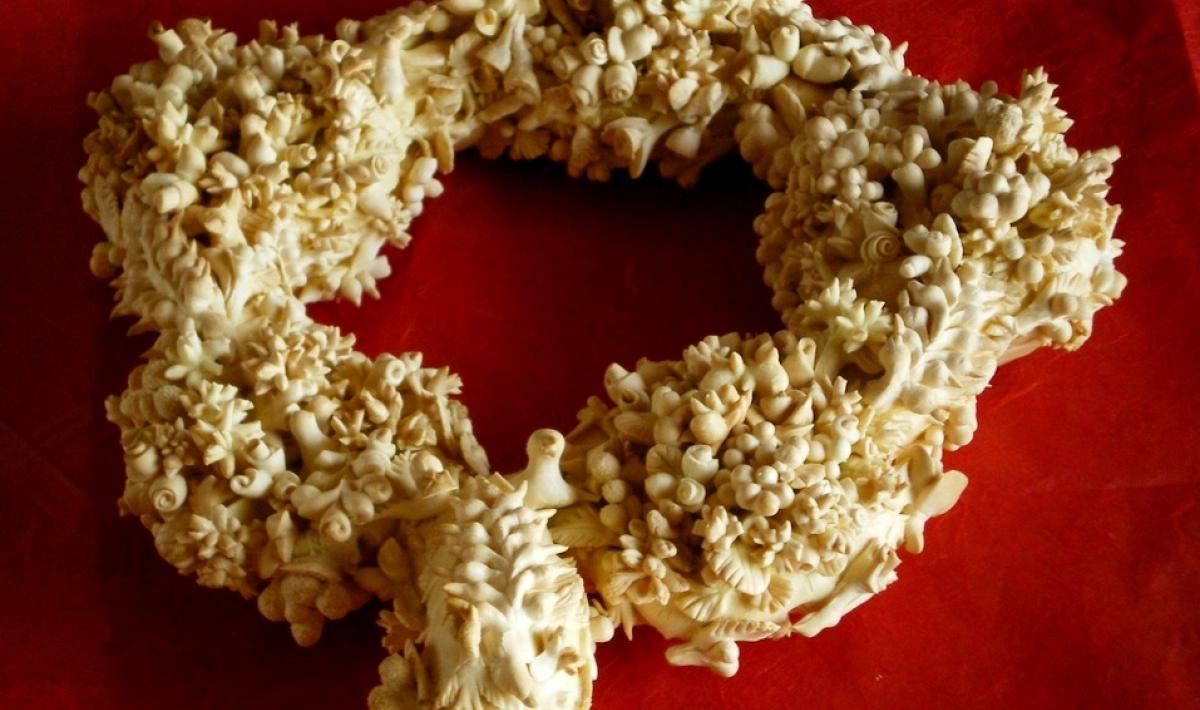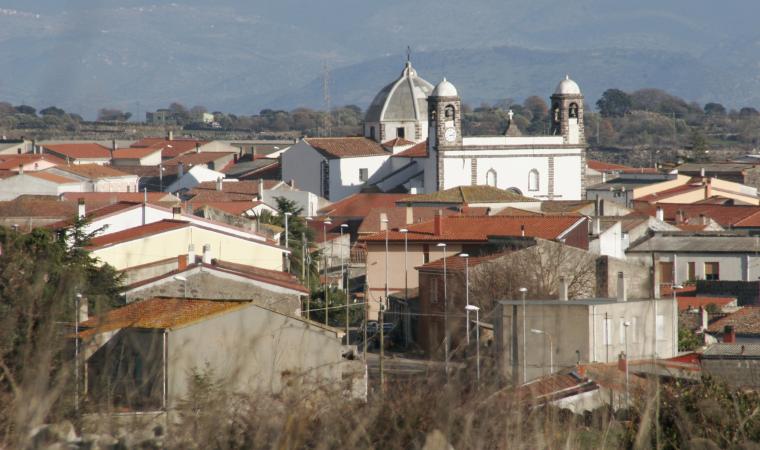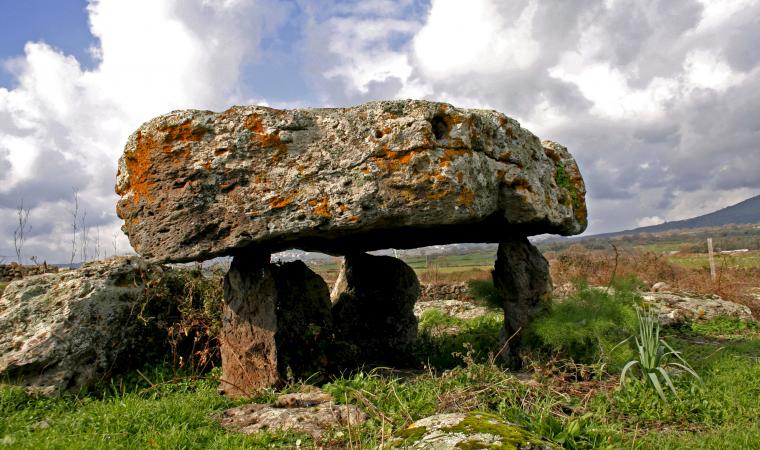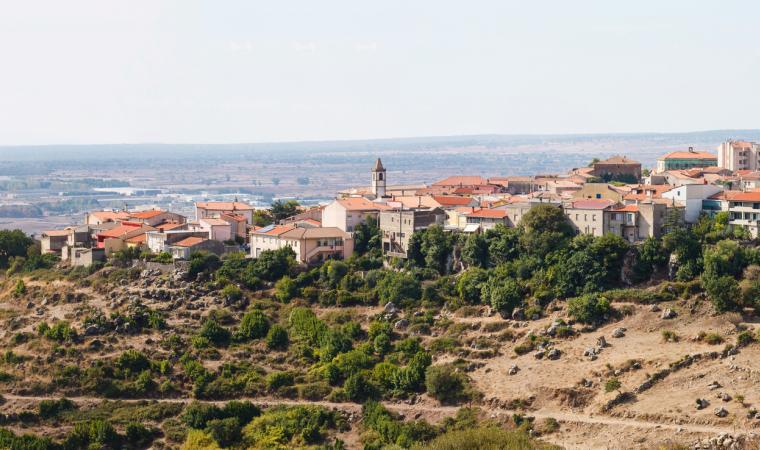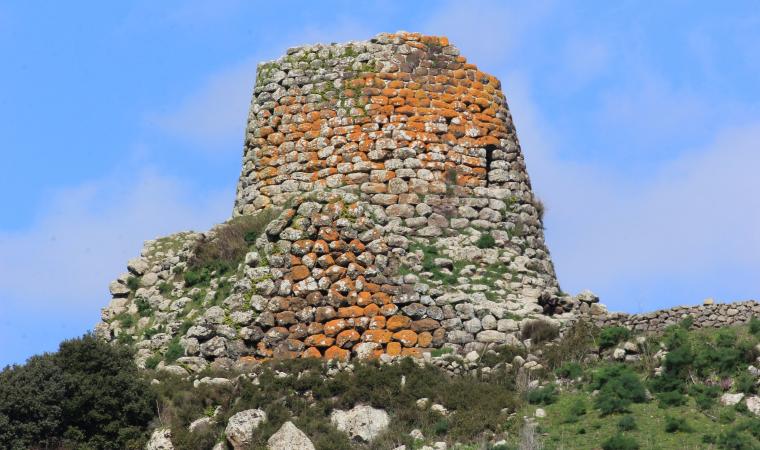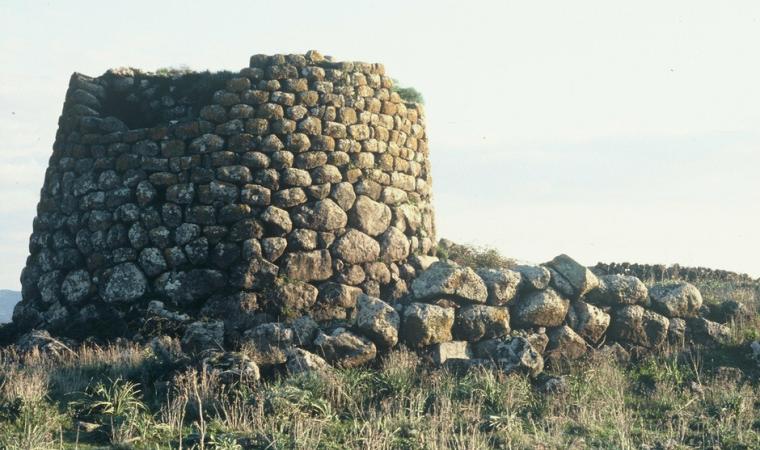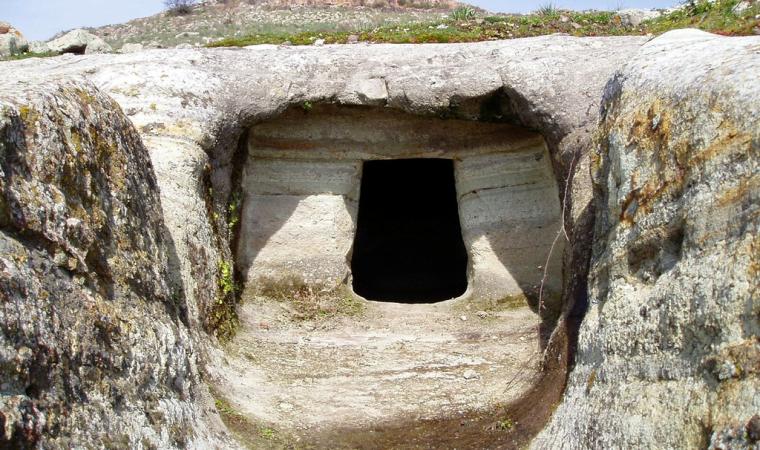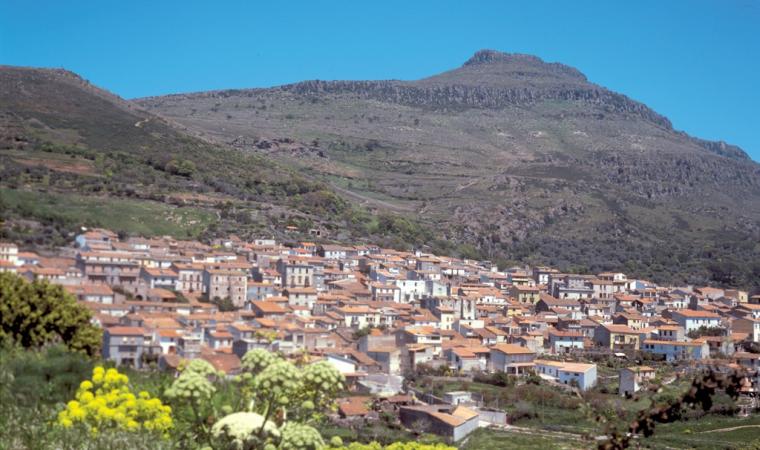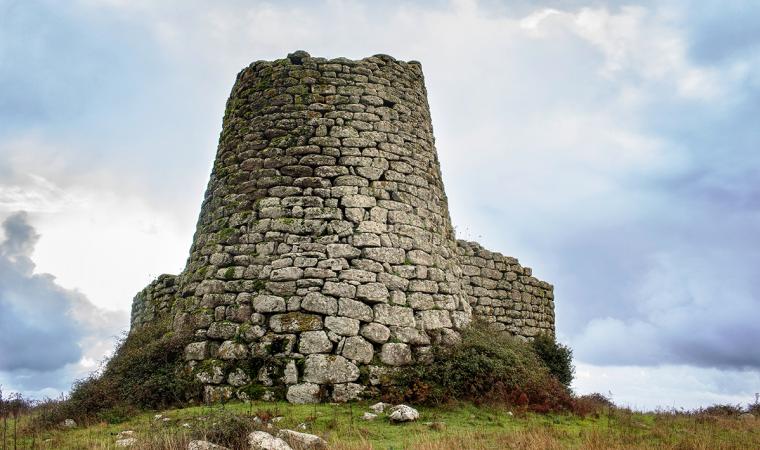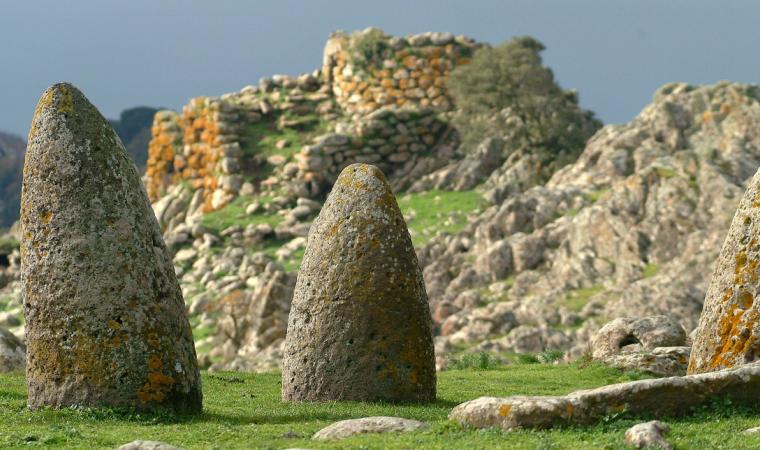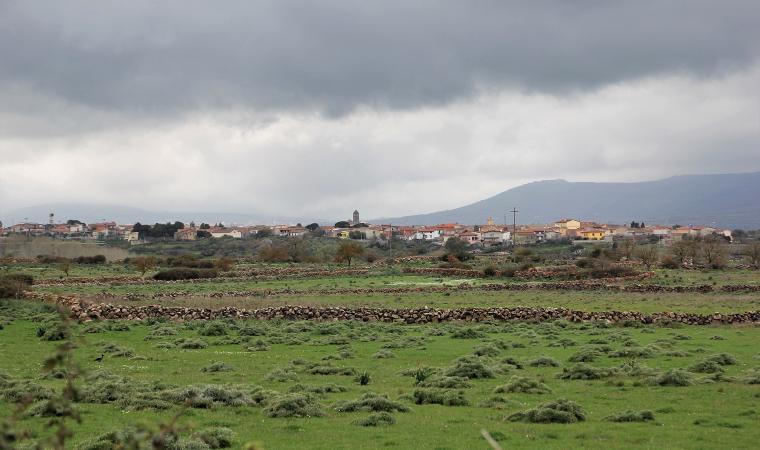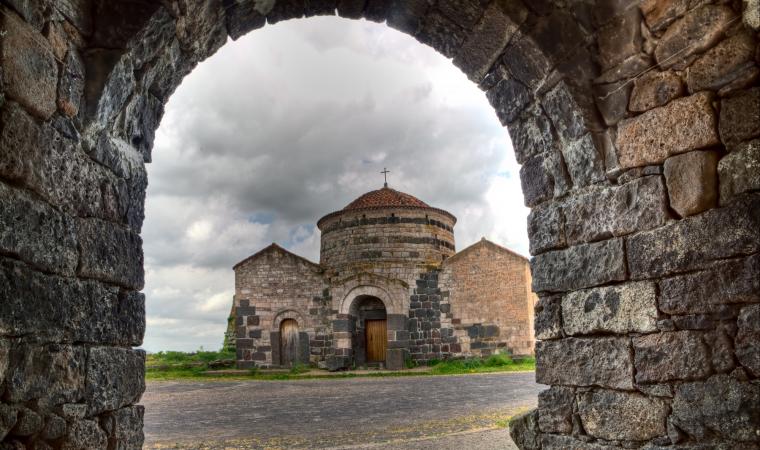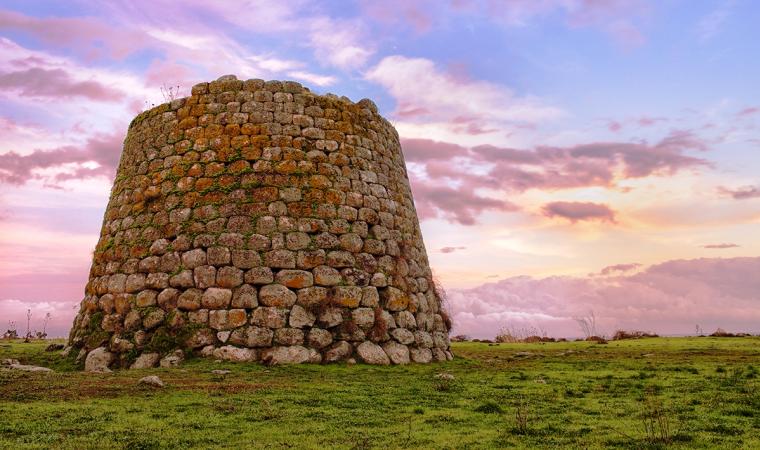In a short story dedicated to bread-making, Grazia Deledda says that it was “a domestic tradition: and in our house, domestic traditions were religion and law”. After all, bread is the emblem of artisan knowledge in Sardinia, handed down from generation to generation, especially among the women of the families. Today the secrets of making it, the typical shapes and the meanings behind traditional Sardinian bread-making are also told in the Ritual Bread Museum in Borore, a small village on a plain of the Abbasanta plateau, at the foot of the Marghine mountain chain, and it is listed as one of the Borghi Autentici d’Italia (Authentic Villages of Italy).
Bread is described not only as an essential nutritional element, but also as a protagonist on special occasions, through the typical products made in numerous Island villages. During your visit, you’ll be on a journey through the various exhibition centres. The first stop is the exhibition dedicated to the bread production cycle, where you will see the tools and equipment used for work in the fields and in the kitchen. The next rooms will show you the breads produced to celebrate and honour the phases of life: births, baptisms, weddings and the memory of the deceased. There is no shortage of exhibitions of typical breads for the main holidays like Easter and Christmas, or for patron saints’ day celebrations. You will also find products dedicated to particular saints, considered healers of illnesses or linked to good omens, as well as breads created specifically to amuse and entertain children. There is also an educational workshop for the little ones, where they can try their hand at making simple shapes and decorations, bake the products in the oven and take home the bread they have just made with their own hands. The building is surrounded by a garden with a playground, where you can relax or stroll.
Borore is a village rich in traditions, with evidence of its long history in the countless archaeological sites, including the Stele of Perda Longa, one of the most famous menhirs on the island, eight Giants’ Tombs and thirty nuraghi, including the Duos Nuraghes complex, made up of two towers ten metres apart. In the historic centre, you can admire the murals, visit the Parish Church of Beata Vergine Assunta and observe sa Piedade, a building made entirely of stone that contained the monte granatico (wheat bank). In the countryside, you’ll find the little Church of San Lussorio with the muristenes, small houses that come alive with worshippers during the novenas, the Holy Week rituals and the Fires of Sant’Antonio Abate event.

